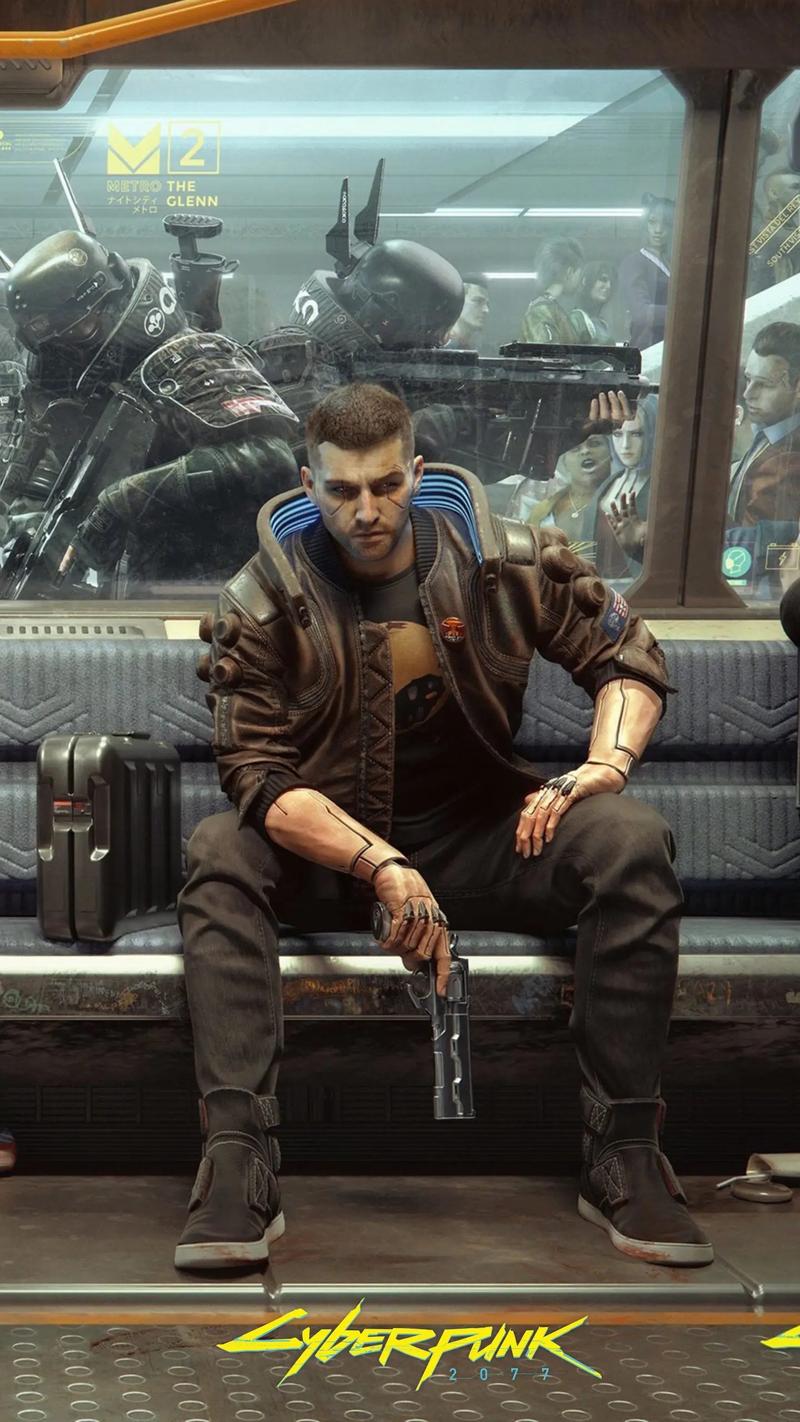Samurai Shodown (2019) Score: Classic Fighter Reboot
Few fighting game franchises carry the weight of history quite like Samurai Shodown. First introduced by SNK in 1993, the series carved its niche with a focus on weapon-based combat, deliberate pacing, and a distinct feudal Japan aesthetic. Fast forward to 2019, and SNK resurrected the franchise with a reboot simply titled Samurai Shodown. The result? A bold return to form that honors its roots while modernizing just enough to appeal to both veterans and newcomers.
A Return to the Blade
At its core, Samurai Shodown (2019) is a love letter to the series’ golden era. Gone are the flashy, combo-heavy mechanics of contemporary fighters like Street Fighter V or Tekken 7. Instead, SNK doubles down on what made the original games unique: high-risk, high-reward swordplay where a single well-timed slash can decide a match.
The combat system is deliberately slower, emphasizing spacing, timing, and mind games over rapid button presses. Attacks hit hard—sometimes devastatingly so—and defensive play is just as critical as offense. The Rage Gauge, a returning mechanic, allows players to unleash a powerful special move when fully charged, adding an extra layer of tension. Meanwhile, the new "Dojo Mode" lets players train against AI that mimics real opponents, a clever nod to modern fighting game trends.
Visual and Aesthetic Mastery
Visually, Samurai Shodown strikes a balance between stylized realism and traditional Japanese artistry. Character models are detailed, with flowing fabrics and dynamic animations that bring each duel to life. The stages, from cherry blossom-strewn courtyards to eerie moonlit shrines, are packed with atmospheric details that evoke the game’s historical setting.
The art direction leans into the series' legacy, with characters like Haohmaru, Nakoruru, and Galford looking both familiar and refreshed. Even the UI echoes the classic games, with bold kanji callouts for special moves and a minimalist health bar design. The soundtrack, blending traditional shamisen melodies with dramatic orchestration, completes the immersive experience.
Roster and New Additions
The 2019 reboot features a mix of returning favorites and fresh faces. Series staples like the wandering ronin Haohmaru and the nature-bound Nakoruru are joined by newcomers such as Darli Dagger, a shipwright-turned-fighter with a massive saw blade. Each character feels distinct, with weapon styles that range from swift katanas to brutal heavy axes.
While the initial roster was modest (16 characters at launch), post-release DLC expanded it with guest fighters like The Last Blade’s Hibiki Takane and even Warden from For Honor, a surprising but welcome crossover. The additions kept the meta fresh, though some fans lamented the absence of certain legacy fighters at launch.
Accessibility vs. Depth
One of Samurai Shodown’s greatest strengths is its accessibility. Unlike many modern fighters that demand intricate combo execution, this game rewards fundamentals—footsies, reads, and patience. Newcomers can grasp the basics quickly, yet the skill ceiling remains high for those who master parries, counters, and the delicate balance of aggression and restraint.
That said, the game’s niche appeal also limits its mainstream reach. The slower pace and emphasis on single decisive strikes won’t satisfy players accustomed to the frenetic action of Dragon Ball FighterZ or Guilty Gear Strive. But for those who appreciate methodical, strategic combat, Samurai Shodown is a breath of fresh air.
Online and Longevity
If there’s one area where the game stumbles, it’s online functionality. At launch, netcode issues and laggy matches plagued the experience, a critical flaw for a fighter in the modern era. While patches improved stability, the lack of rollback netcode—a standard in many contemporary fighters—remained a sore point for competitive players.
Offline, however, the game shines. Local versus matches capture the intensity of arcade-era duels, and the single-player content, while sparse compared to story-heavy fighters, offers enough to keep solo players engaged.
Legacy and Future
Samurai Shodown (2019) succeeds by staying true to its identity. It doesn’t chase trends; instead, it refines what made the series legendary. The deliberate combat, striking visuals, and respect for its heritage make it one of the most authentic reboots in recent memory.

While it may not have reached the commercial heights of Street Fighter or Mortal Kombat, it stands as a testament to SNK’s commitment to its legacy. For fans of the original games—or anyone seeking a fighter that prioritizes strategy over spectacle—this reboot is a triumphant return.
In a genre dominated by flashy combos and cinematic supers, Samurai Shodown dares to be different. And in doing so, it proves that sometimes, the sharpest blade is the one that cuts with precision, not speed.
















